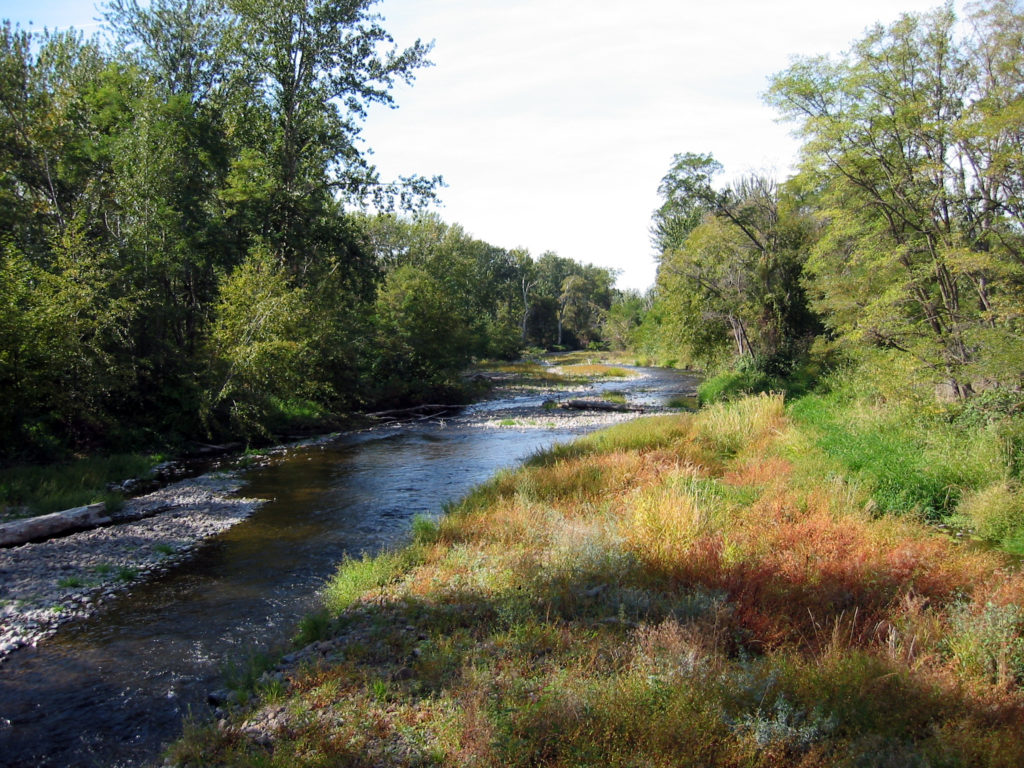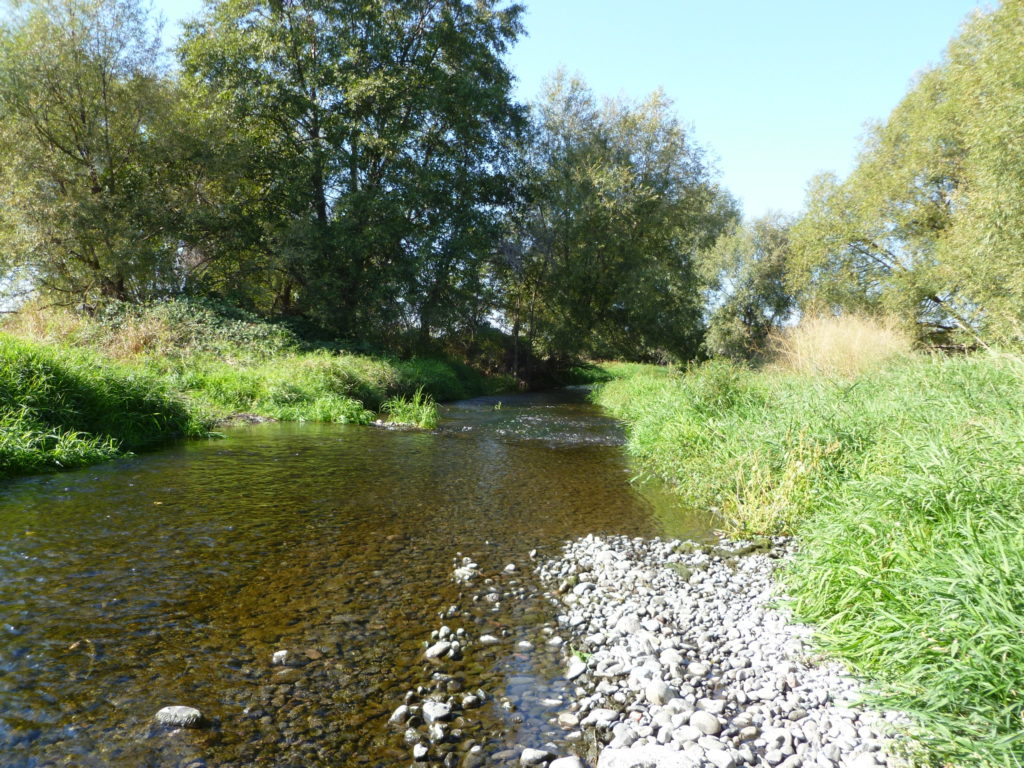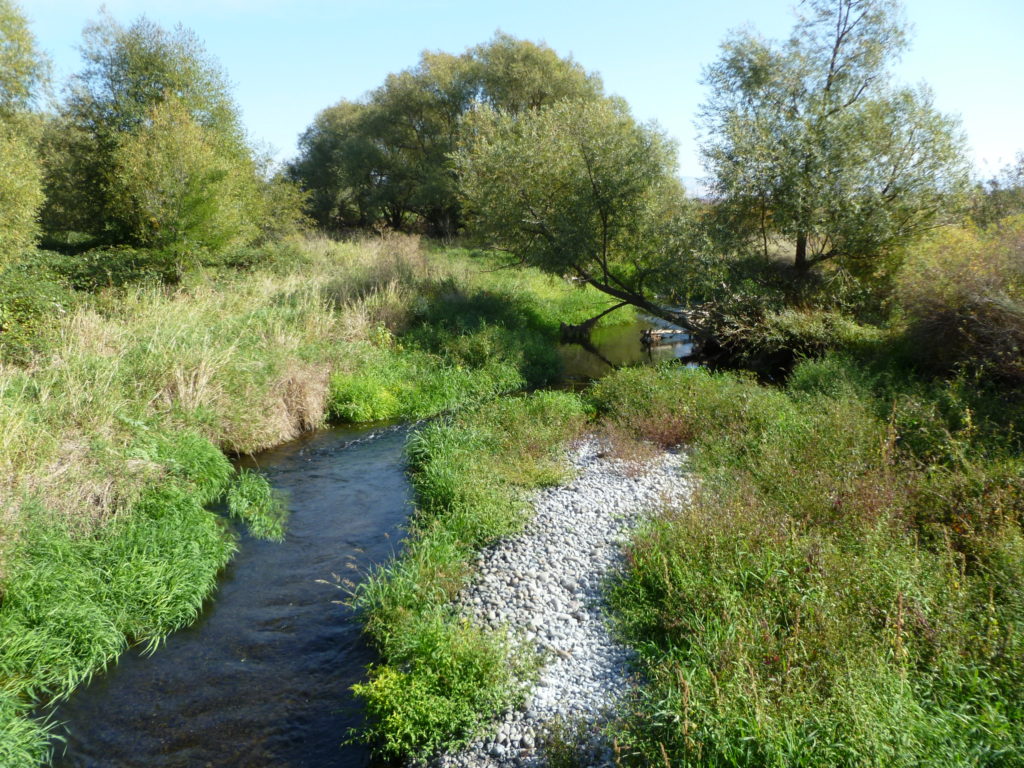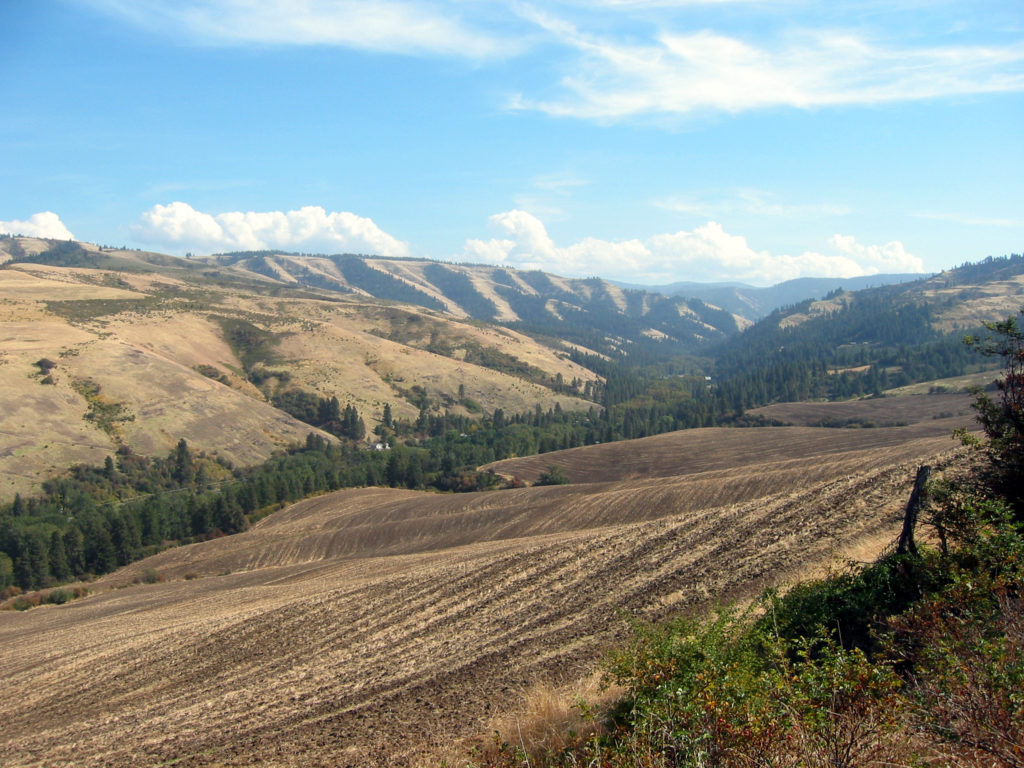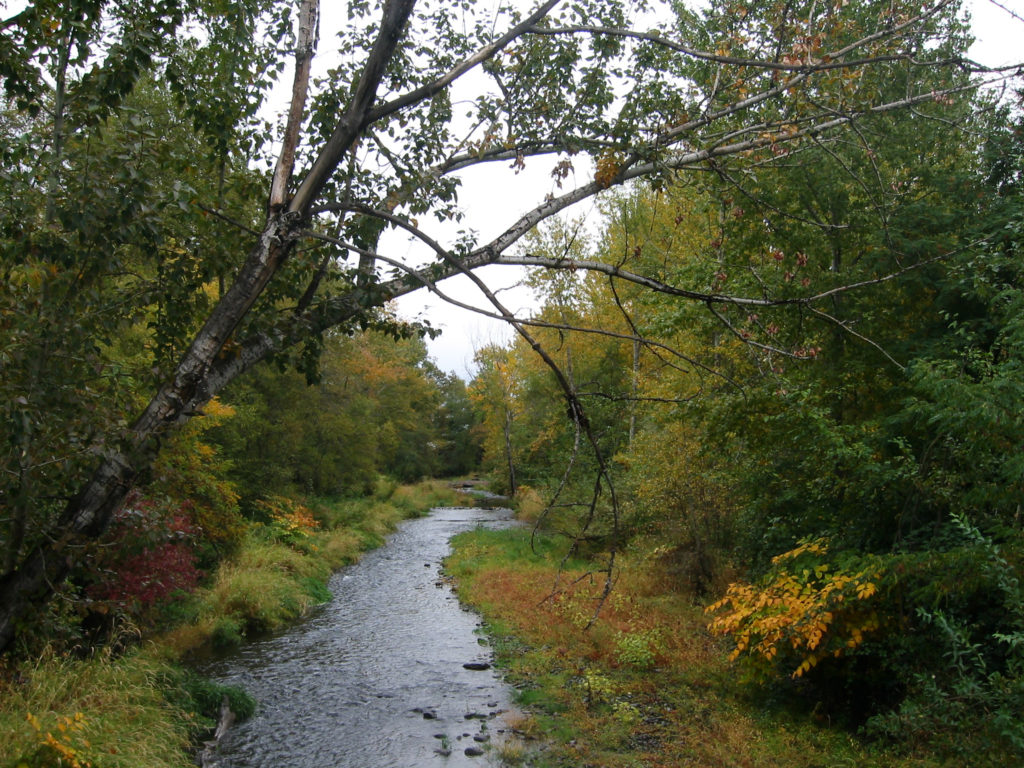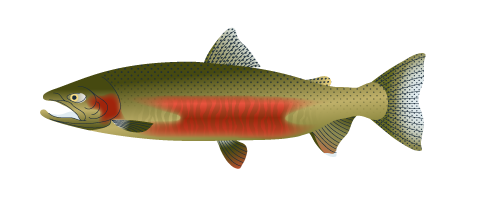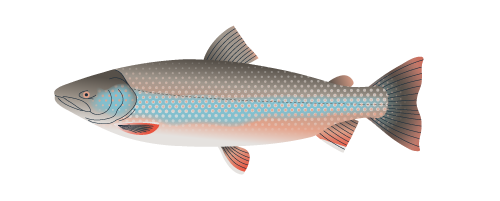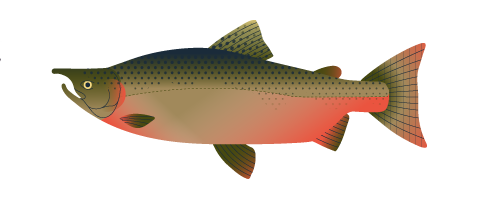Mill Creek, a tributary of the Walla Walla River, was identified under the national water quality list as having insufficient stream flow and high water temperatures, which severely limit access for both summer steelhead and bull trout upstream habitat.
Summer steelhead and bull trout in the basin are listed as threatened under the Endangered Species Act. The Confederated Tribes of the Umatilla Indian Reservation (CTUIR) have also started introducing spring Chinook to the headwaters, a species that has been extirpated from the basin since the 1950s. High stream temperatures and insufficient stream flows in Mill Creek have severely limited the accessibility of these species to quality habitat upstream, and their ability to use the lower reaches of Mill Creek for spawning and rearing.
Mill Creek is used primarily as a migration corridor for adult and juvenile steelhead and spring Chinook, but supports spawning and rearing as well. Bull trout use the creek for migration, but winter over when stream flows are sufficient. The reintroduced spring Chinook may eventually use Mill Creek as a passage corridor or for winter rearing.
Through a collaborative project with the City of Walla Walla and CTUIR, WWT is restoring summer flows in Mill Creek. The City has a municipal surface water right which allows them to divert up to 28 cfs of Mill Creek from their point of diversion in the headwaters in Oregon. In 2021, the City, CTUIR, and WWT piloted a creative source switch project to add 5.5 cfs in Mill Creek during August and September. Instead of diverting surface flows to meet summer water supply demand, the City pumps 5.5 cfs from deep basalt wells through Aquifer Storage and Recovery, keeping flows instream when they are at their lowest.
In 2024, this project was the first to be protected under new bi-state legislation allowing flows to be protected across the state line. The water left instream by the City each year is now protected from Oregon all the way through to the Columbia River.
